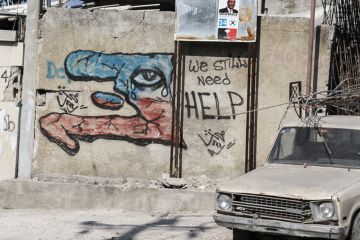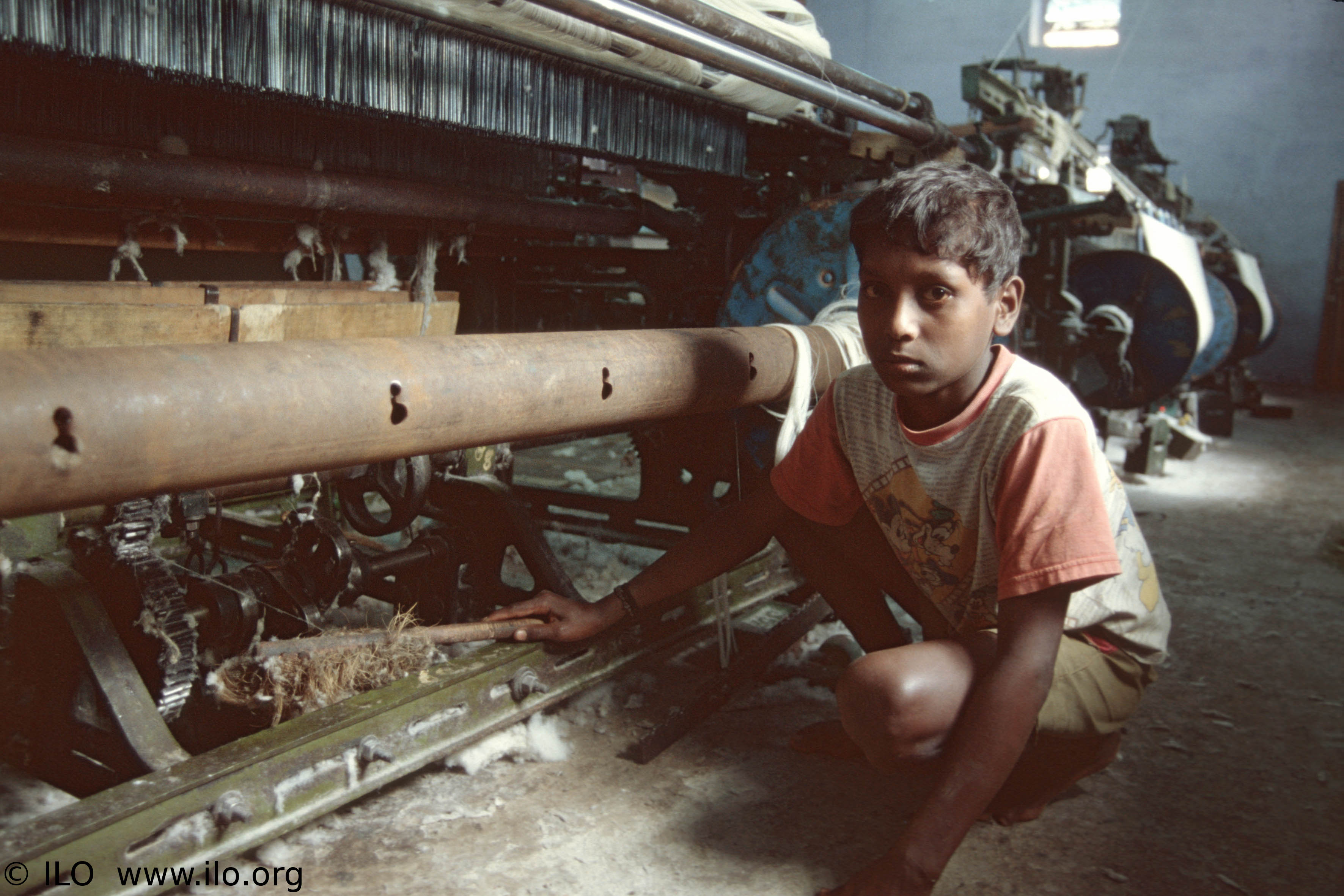As the final horn signaled the defeat of the Vancouver Canucks by the Boston Bruins at the Stanley Cup final on June 15, 2011, riots broke out in downtown Vancouver. About a hundred thousand people took to the streets. In the aftermath, 140 were injured, and close to 100 were arrested.

These riots were not new to the city. In 1994, similar riots broke out after the Canucks’ loss to the New York Rangers.
What was new was the role of social media in documenting the riots, and providing both police and civilians with evidence to identify and prosecute rioters. As one Tumblr site, “Vancouver 2011 Riot Criminal List,” put it, “Anonymous crime in a Web 2.0 world? I don’t think so!”
During the riots, Twitter users posted news updates, photos, and reactions. What was more revolutionary, however, was what happened when the riots were finished: Facebook groups, Tumblr pages, and Twitter accounts dedicated themselves to catching rioters by providing evidence such as photos and footage of rioters burning cars, looting stores, and damaging public property. The photographs and videos, which came from observers’ cameras as well as from rioters’ own social media pages, were then uploaded to various Internet sites where people could identify the rioters who had been caught on camera.
Within hours, observers were posting not only photos, but links and screenshots of rioters’ Facebook pages and Twitter accounts as well.
One contributor posted a link to the Facebook page of a rioter, who had posted, “11 brosgot arrested, 1 stabbed, 1 taxed, gang beatdown of these fags, got pepper sprayed n tear gas n almost arrested twice. Best night of my lyf,” and later, “We chilled at pacific centre smashing shit.”
Another rioter posted to his Facebook page, “Maced in the face, hit with a Batton, punched a fuckin pig in head with riot gear [and] knocked him to the ground, [threw] the jersey on a burning cop car flipped some cars, burnt some smart cars, burnt some cop cars…”
As more rioters were identified in photos and videos, online shaming campaigns grew, and members of the online community began to direct their anger at individuals.
Hoping to curtail this online “mob mentality,” the Vancouver Police Department issued the following statement:
“In the ensuing high state of emotions following the recent hockey riot, there is a growing danger that the tools of social media will be used to mete out vigilante justice.”
The statement also urged the public to “resist the temptation to take justice into their own hands.”
 In spite of these words of caution, the Vancouver Sun reported that many of those whose images have been captured online were fired from their jobs or expelled from universities. Some rioters and their families were even forced out of their homes.
In spite of these words of caution, the Vancouver Sun reported that many of those whose images have been captured online were fired from their jobs or expelled from universities. Some rioters and their families were even forced out of their homes.
17-year-old Nathan Kotylak was videotaped and photographed as he attempted to set a police car on fire during the riots. His photo went viral. According to the Vancouver Sun, he was identified soon after and his family’s address and phone number appeared online. The Kotylaks fled their home as threats of violence from the public began to surface.
In an interview with the Vancouver Sun, Christopher Schneider, a UBC sociologist and expert in criminology and social media, called the online reaction “unprecedented,” and said it could be as groundbreaking as WikiLeaks.
“The mob mentality has moved into cyberspace for the first time,” said Schneider. “This could ruin people’s lives even if they are cleared in court.”
For some, the mob mentality of the online community was eerily similar to that of the riots themselves.
Vancouver mayor Gregor Robertson told the Vancouver Sun, “The online forums have gotten pretty ugly. It enables a whole dark side of our psyche to go public…it’s too bad and I hope it turns around quickly.”
The same article pointed out that while traditional mainstream media is often prevented from publishing the name of a charged minor, social media is unlikely to abide by the same rules.
Camille Cacnio, a University of British Columbia student who was captured on photograph as she stole clothing from a damaged storefront during the riots, believed that the online vigilantism had gone too far.
“The whole social media thing… it’s great that people are trying to help catch and identify people, but it has become a problem in that people are actually ruining people’s lives,” Cacnio told the Globe and Mail. “The consequences are far greater than they need to be.”




